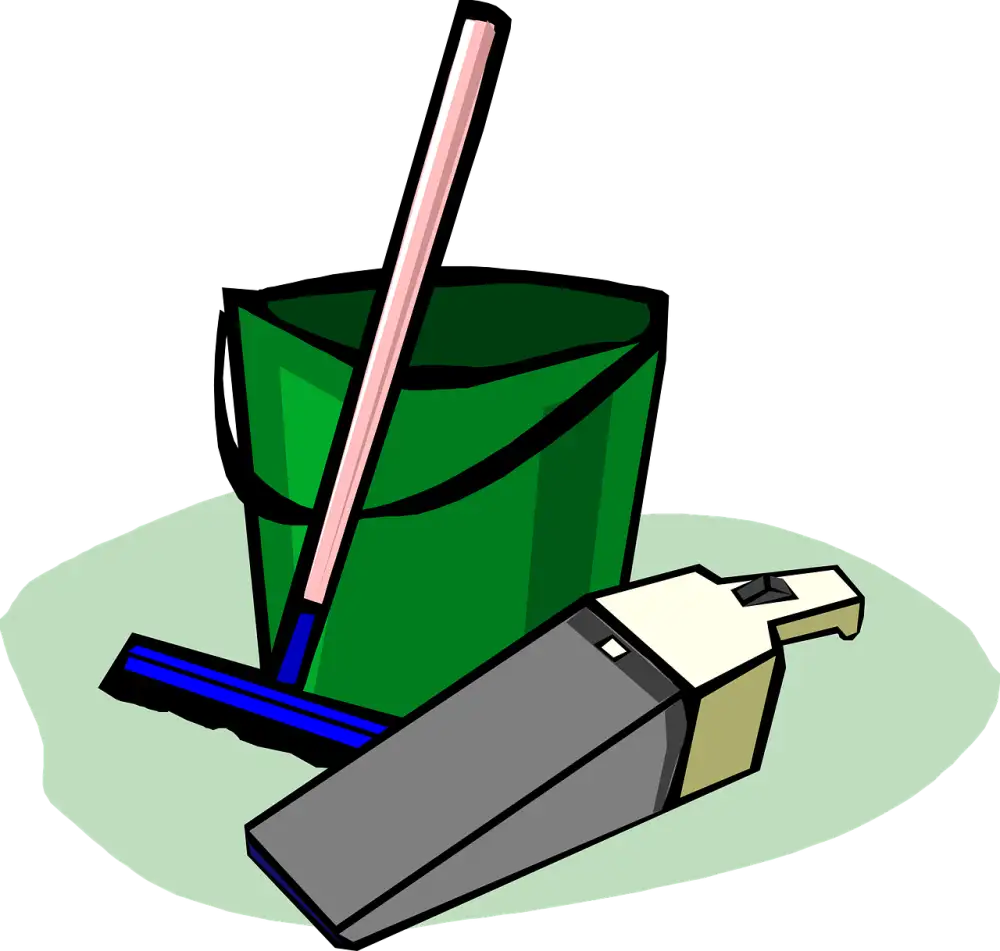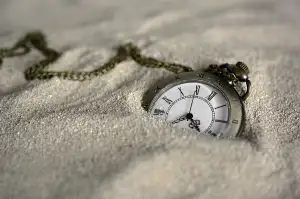Master the Art of Cleaning a Cast Iron Skillet: Essential Tips for Home Cooks

Cleaning a cast iron skillet is an essential skill that every home cook should master. Not only does it ensure the longevity of your skillet, but it also enhances the flavor of your dishes. A well-maintained cast iron skillet provides excellent heat distribution and retention, making it a favorite among professional chefs and cooking enthusiasts alike. However, improper cleaning can lead to rust, food buildup, and a loss of seasoning. In this article, we will guide you through the necessary steps to clean and maintain your cast iron skillet, ensuring its optimal performance and culinary excellence.
Gather the necessary cleaning supplies
To effectively clean a cast iron skillet, it is essential to gather the necessary cleaning supplies beforehand. Here are the items you will need:
1. Coarse salt: This abrasive ingredient helps to remove stubborn food particles and grease from the skillet's surface.
2. Soft sponge or brush: Use a non-abrasive sponge or brush to scrub the skillet gently without damaging its seasoning.
3. Mild dish soap: While some purists prefer not to use soap on their cast iron skillets, a mild dish soap can be used sparingly for extra cleaning power.
4. Hot water: Make sure to have hot water readily available as it helps in loosening food debris and aids in the cleaning process.
5. Paper towels or clean cloth: These are needed for drying the skillet after cleaning and before seasoning.
By having these supplies at hand, you will be well-prepared to tackle any dirt or residue that may have accumulated on your cast iron skillet.
Preparing the skillet for cleaning
Before you begin cleaning your cast iron skillet, it is important to properly prepare it. Start by removing any food residue or stuck-on bits from the surface of the skillet. You can use a stiff brush or a non-abrasive sponge to gently scrub away any debris.
Next, rinse the skillet with warm water to remove any remaining food particles. Avoid using soap at this stage, as it can strip away the skillet's seasoning. Instead, rely on the power of hot water and gentle scrubbing to get your skillet clean.
If there are stubborn stains or burnt-on food that won't come off with just water, you can create a paste using kosher salt and water. Apply this paste to the affected areas and use a cloth or sponge to scrub away the stains. The coarse texture of the salt will help lift off any tough residues without damaging the skillet's surface.
Once you have thoroughly cleaned your cast iron skillet, rinse it again with warm water to remove any leftover salt or debris. Make sure to dry it completely using a clean towel or paper towels. Leaving any moisture on the surface can lead to rusting.
Now that your cast iron skillet is prepared for cleaning, you can move on to the next step: actually cleaning it!
Cleaning the cast iron skillet
Cleaning the cast iron skillet is a crucial step in maintaining its longevity and ensuring optimal cooking performance. Start by rinsing the skillet with hot water, using a sponge or brush to remove any food residue. Avoid using soap as it can strip away the skillet's seasoning. For stubborn stuck-on food, sprinkle coarse salt onto the skillet and scrub gently. Rinse thoroughly and dry immediately to prevent rusting. Remember, never soak your cast iron skillet or put it in the dishwasher. By following these steps, you'll keep your cast iron skillet clean and ready for your next culinary masterpiece.
Drying and seasoning the skillet
Drying and seasoning the skillet is a crucial step in maintaining its longevity and preventing rust. After cleaning, use a clean towel or paper towel to thoroughly dry the skillet. Make sure there is no moisture left on the surface as this can lead to rust formation.
Once dry, it's time to season the skillet. Seasoning helps create a non-stick surface and adds flavor to your dishes. To do this, apply a thin layer of oil all over the skillet, including the handle and exterior. Use an oil with a high smoke point like vegetable or flaxseed oil.
Next, place the skillet upside down in an oven preheated to 350°F (175°C). Let it bake for about an hour. This process allows the oil to polymerize and form a protective layer on the skillet's surface.
After an hour, turn off the oven and let the skillet cool inside before removing it. You'll notice that the skillet has developed a shiny black patina. This is what gives it its non-stick properties.
Remember to repeat this seasoning process regularly to maintain the integrity of your cast iron skillet. With proper care, your cast iron skillet will become even more seasoned over time, enhancing its cooking performance and durability.
Storing the cast iron skillet properly
Storing the cast iron skillet properly is crucial to maintain its quality and prevent rusting. After cleaning and drying the skillet, make sure it is completely cool before storing. Avoid stacking other cookware on top of it, as this can cause scratches and damage the seasoning. To prevent moisture buildup, place a paper towel or clean cloth inside the skillet before storing. Store it in a dry place with good ventilation to avoid any humidity. With proper storage, your cast iron skillet will stay in excellent condition for years to come.
Cleaning and maintaining a cast iron skillet is essential to ensure its longevity and optimal cooking performance. By following the proper cleaning techniques, you can keep your skillet in top shape for years to come. Here are some final tips to help you maintain a clean cast iron skillet:
1. Avoid using harsh detergents or abrasive scrubbers that can strip away the seasoning.
2. Instead, use a stiff brush or chainmail scrubber to remove any food particles.
3. Dry the skillet thoroughly after each use to prevent rusting.
4. To prevent moisture buildup, store the skillet in a dry place with good air circulation.
5. Regularly re-season your skillet by applying a thin layer of oil and baking it in the oven at a low temperature.
By following these simple steps, you can master the art of cleaning and maintaining your cast iron skillet, ensuring that it remains a cherished tool in your kitchen arsenal. Happy cooking!
Published: 09. 12. 2023
Category: Home



